How to Use Led Plant Grow Light to Grow Tomatoes Indoor Step by Step?
Using led plant grow light to grow tomatoes has many advantages, which can encourage you to participate in the activity all year round. Somebody has been growing vegetables indoors and outdoors for many years, and during that time they usually harvest better produce than they can buy in the local market. The benefits they get are the product of the time and effort they put in, and always increase the returns. We know exactly how plants grow, which is very important to us. Tomatoes are essential in your indoor and outdoor gardens. In the rest of this article, we will review the basics of growing tomatoes indoors so that you can grow them at home and enjoy the harvest year round.
First of all, please rest assured that you can plant tomatoes all year round under the indoor led plant grow light. That’s how we make tomatoes, and there are countless research articles that show great examples of growing tomatoes under led plant grow light.
Led Plant Grow Light Support Indoor Tomato Planting
Transporting tomatoes from warm climates is very expensive, and planting tomatoes under traditional high-pressure sodium lamps is still an expensive proposition. Planting tomatoes under led plant grow light is an economical and effective way to produce positive yield, which cannot be achieved with alternative led plant grow light.
Led plant grow light is a good choice for indoor plant growth, because they consume less energy and run at lower temperatures than traditional high-pressure sodium grow lights. In their growth experiments, they were able to produce the same amount of fruit with the same size, and the same amount of fruit was grown by high pressure sodium lamp and led plant grow light at the optimal growth temperature. The biggest difference between them is the cost of running the led plant grow light. Compared with the traditional HPS lamp, the led plant grow light can run about 25% of the energy efficiently.
Due to the low operating temperature of the led plant grow light, the plant can be placed closer to the light to support the light penetrating into the crown and the bottom of the plant. This factor enhances the ability of plants to grow intensively and produces more fruiting areas. Led efficiency, par light formula and light penetration are important reasons in planting tomatoes. These factors are also the important reasons why you can successfully grow tomatoes at home under led plant grow light!
Led plant grow light can improve the quality and quantity of output
If generating high yields and reducing overall energy use is not enough to encourage you to grow tomatoes under led plant grow light, then perhaps you can solve the problem by increasing the nutritional yield of better tasting. As I said before, I’m happy to know what I put into plant growth. led plant grow light support my knowledge by letting me know the specific wavelengths of light used to stimulate plant growth.
Although entering the PAR diagram, the effective radiation range of low light level spectroscopy and photosynthesis is slightly beyond the scope of this particular article, but it should be noted that LED plant growth lamps are designed to emit the exact wavelengths of light needed for plants to produce healthy yields. LEDs can emit the right “light formula” to optimize plant growth. When the plant receives the right wavelength of light (which has been proved to optimize growth), the yield and quantity will be improved.
The vitamin C produced in tomato plants grown under the led plant grow light is two times the vitamin C contained in tomatoes that are not exposed to the LED light source. Another study conducted by Thomas Colquhoun of University of Florida shows that by manipulating LED growth lights, the flavor of fruits and vegetables can be enhanced. The results showed that using LED plant growth lamps could optimize flavor and yield nutrition.
What led plant grow light will support Tomato Growth?
Now that we have reviewed the “reasons” for planting tomatoes under led plant grow light, let’s take a closer look at the “methods”. During the recent growth, we used the LED growth lamp, and the actual power consumption was close to 400 watts. This is enough to support healthy plant development during vegetative and flowering periods.
The lamp is designed to emit 8 spectral bands when powered on. The broad spectral range includes blue and red wavelengths, as well as IR, UV and white light. I included this spectral range to match the natural light received by tomato plants grown outdoors. Ensure that the led growth light you are using covers a wide range of wavelengths, especially the red and blue spectra that research shows are most suitable for plant growth should be a priority.
Some led plant grow light are designed specifically to support specific plant growth stages. Action spectrum please pay attention to and do some homework for plant growth lamp specifications. Ensure that led plant grow light is engineered to support the vegetative and flowering stages of plant growth, and that the light emitted includes blue and red wavelengths.
Soil
With the light ready and ready to go, you need to think about the other end. Soil! I don’t recommend just digging from the outside. It’s hard to know exactly what you’re getting. As I said, we need to know what we are offering plants. When growing indoors, using potted soil mixed with another medium is a good way to properly water the soil for plants.
Check the pH value of the soil. A pH of 7 is considered neutral, and tomatoes grow best in neutral to near neutral soils. The potted soil I use contains organic matter, but you should be careful not to fertilize too early to avoid burning the plants. You don’t want the soil to be too “hot.”. When you grow tomatoes, you can mix the hydroponic medium with the soil. It has a neutral pH and is made from natural coconut skin.
This is helpful to increase the retention of nutrients and enhance the soil aeration. If you want to know, the potted soil I am currently using is happy frog, and the growth medium I am mixing is cocotek. The ratio of soil I use to cocotek is 1:1
Choice of Pot
The size of the pot you choose to use may depend on your specific plan for the tomato plant. If you plan to keep the plant indoors at all times, it is recommended to start with a larger pot. If you plan to start planting indoors and then transplant it outdoors, you can use smaller units. Either way, fill about 3 / 4 of the pan with a soil coconut mixture, then lightly wet.
Follow the seed insertion instructions for specific varieties of tomato plants, but usually you will place the seeds about 1 / 4 inch in the soil and cover them lightly with a soil mixture. You can plant more than one seed and sparse it if necessary. Once the plants have grown to about 12 inches or more, consider transplanting them into a one gallon container if you plan to keep them in throughout the growth process
Temperature
The ideal temperature range for most plants is 72 to 82 degrees. Remember, most tomato varieties are warm season plants, but you can start seedlings indoors, even within the best temperature range I mentioned above. Make sure you choose the area of the house that you think can effectively manage ambient air temperature.
We don’t recommend putting plants near the vents at home, because the temperature fluctuations in these areas are greater. Direct blowing to plant air conditioning has a cruel way to destroy all your hard work. You can keep the room temperature between 70 and 75 degrees and I had a success. For more information about soil mixing and seed germination, click here.
Watering
The mixture of soil and coconut shell will help to maintain a consistent moisture content throughout the growth process. Using a hygrometer is a way to know the exact moisture content of the growth medium and when more moisture is needed, but you have also been successful with finger techniques.
Making sure to stay away from the roots and roots of the plant, you can press your fingers into the soil to see if it was moist. If the soil dries to a depth of more than an inch, you can give it water. If you want to work in a small unit (3 × 3) When you start the plant, I’ll give 10 to 15 milliliters of water. The soil and coconut shell mixture is good at retaining moisture and may not require daily watering. There are no hard and fast rules for watering, but many other factors (such as the temperature of the room) can also affect the frequency of watering. Make sure the water is concentrated on the bottom of the plant near the rooting area.
Harvest
How often should you harvest? Well, it depends on the type of tomato you choose. Typically, tomatoes mature about 45 to 85 days after germination, depending on the variety. Your growth time will also be affected by plant growth temperature. If your ambient temperature is at the lower end of the acceptable range, your plants will grow more slowly. If your ambient temperature is at the upper limit of the acceptable range, make sure you water it more frequently and hope to harvest earlier! For additional information on growing indoors with LED grow lights, check out our website: www.bbier.com .
About Bbier
Shenzhen Bbier Lighting Co., ltd, Professional Commercial LED Lighting Supplier. It was founded in 2008 LED luminaires manufacturing organization (Factory), Our factory has ISO9001: 2008 standard and leader in manufaturing all series of innovative energy saving projects LED luminaires for United States wholesale distributor (Importer) and solution company of lighting. Mainly product categories: UFO LED High Bay Lights, LED Grow Lights, LED Post Top Lights, Solar Post Top Lights, LED Shoebox Lights, LED Stadium Lights, LED Street Lights, Solar Street Lights, LED Gas Station Lights, LED Corn Light Bulbs, LED Flood Lights, Temporary Work Lights, Explosion Proof LED Lights, LED Canopy Lights, LED Classroom Lights, LED Emergency Lights, LED Exit Signs, LED Office Lights, LED T8 Tubes, Linear LED High Bay Lights, LED Dock Lights, LED Garden Lights, LED Industrial Lights, LED Retrofit Kits, LED Wall Pack Lights, Portable LED Work Lights, Rechargeable LED Work Lights, Solar Flood Lights, Solar Lawn Lights,Solar LED Garden Lights, Solar LED Yard Lights,etc. We have 10 Years of LED Lights Development Experience, 50 LED lights patents, 200 LED Lights Certifications, all LED products have 5 Years Warranty and ETL DCL Listed... View More
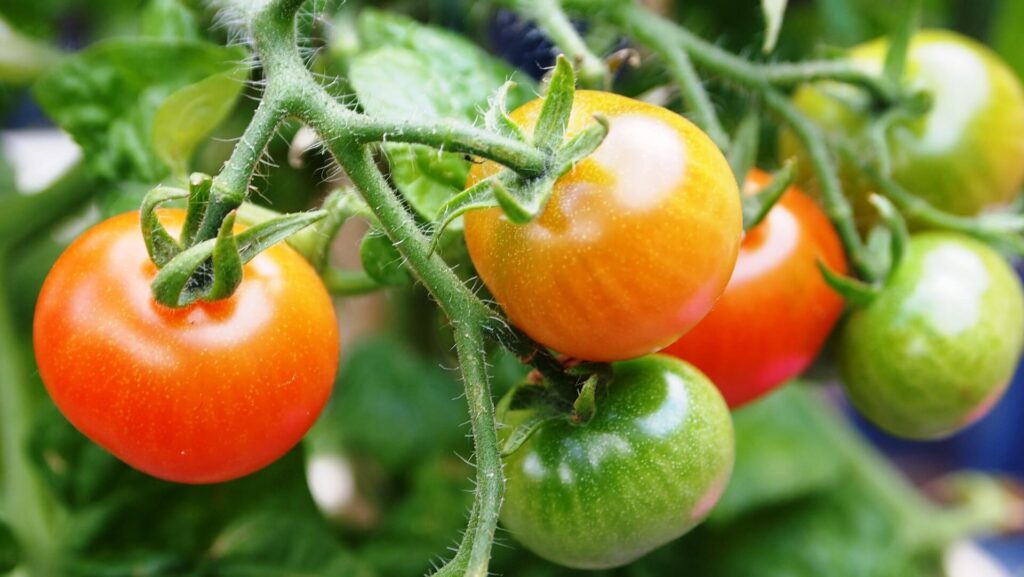
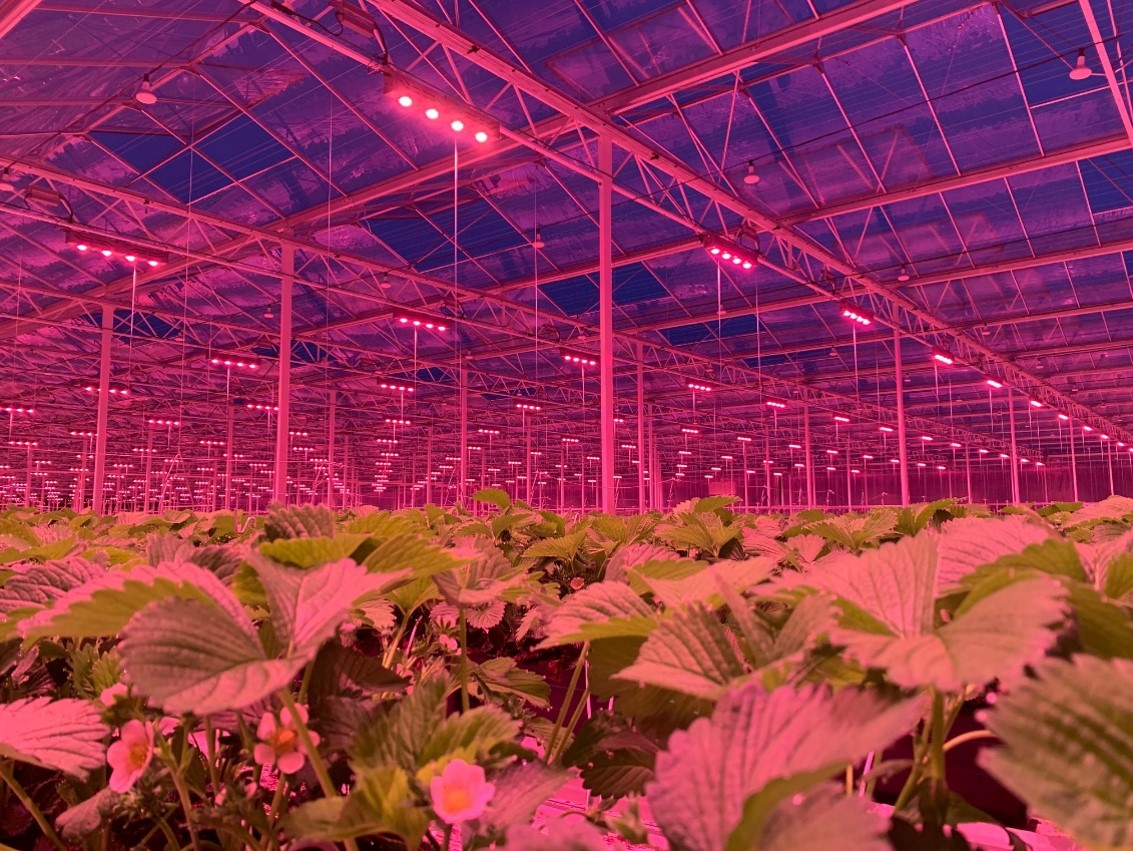
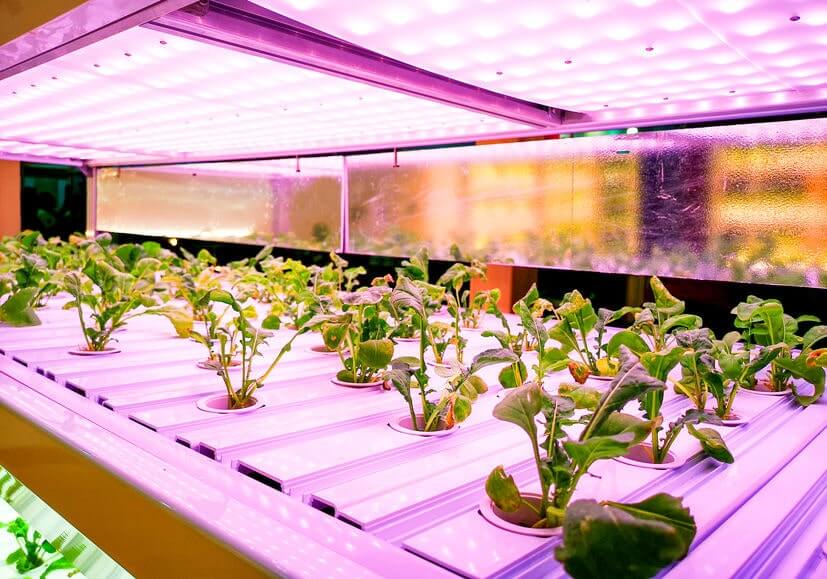
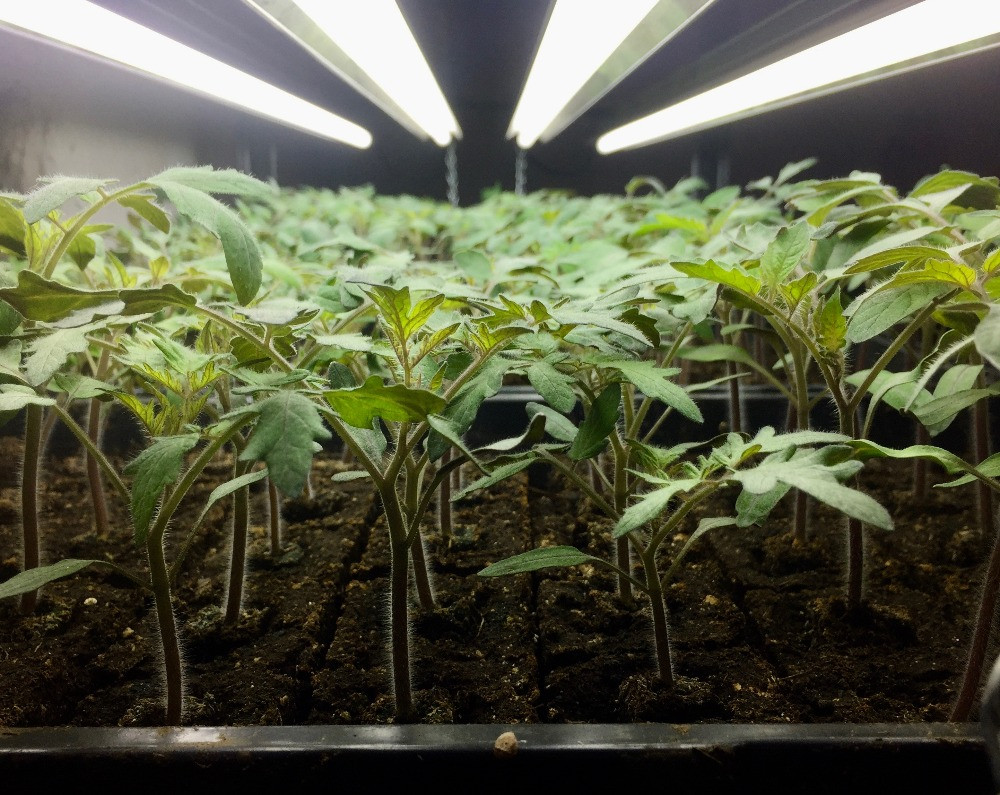
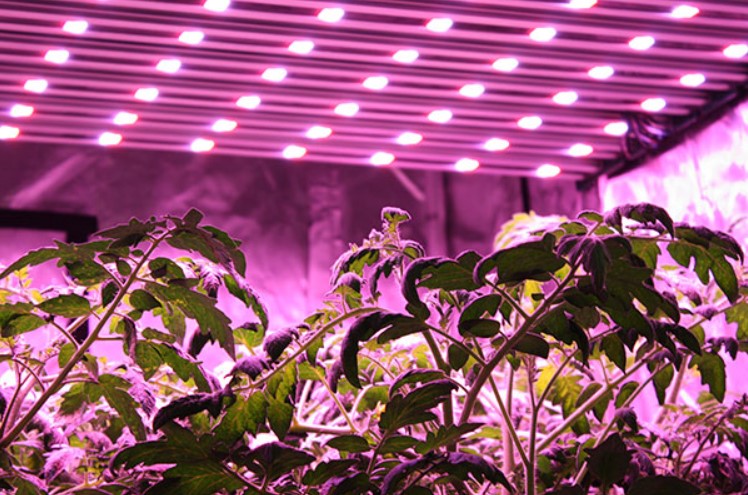


0 条评论:
发表评论
订阅 博文评论 [Atom]
<< 主页